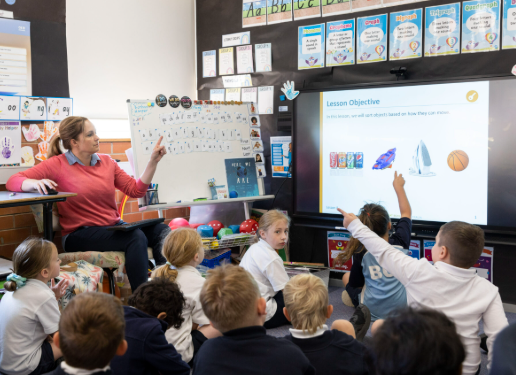Physics is an exciting science that helps us understand how the world works — from why things fall to how light travels. Sometimes, students find physics challenging, but with the right approach, it can be a lot of fun! Here are some friendly tips on how to teach physics in enjoyable and engaging ways.
1. Use Real-Life Examples
Connect physics concepts to everyday life. For example, explain gravity by dropping different objects or discuss friction by sliding items on various surfaces. This helps students see physics in action around them.
2. Hands-On Experiments
Simple experiments bring physics to life. Try building paper rockets, making homemade pendulums, or using magnets to explore forces. These activities make learning interactive and memorable.
3. Incorporate Technology
Use videos, simulations, and apps to demonstrate physics principles. Interactive tools allow students to visualize things like motion, energy, and waves, which can be tricky to imagine.
4. Storytelling and Analogies
Tell stories or use analogies to explain complex ideas. For example, compare electric circuits to water flowing through pipes. This helps students grasp concepts in a relatable way.
5. Group Activities and Challenges
Encourage teamwork by assigning projects like building bridges with popsicle sticks or designing simple machines. Friendly competitions can motivate students to apply physics creatively.
6. Relate Physics to Popular Culture
Use examples from sports, movies, or video games. Discuss the physics behind a soccer kick, a superhero’s flight, or car crashes in action scenes to spark interest.
7. Ask Questions and Encourage Curiosity
Prompt students to ask “why” and “how.” Encourage them to explore answers through experiments or research. Curiosity drives deeper understanding and excitement.
By making physics relatable, hands-on, and fun, teachers can help students develop a love for science that lasts a lifetime!














